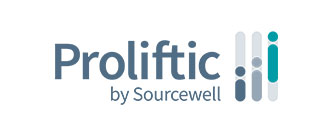How educators use formative assessment data
Tools like formative assessments can shed a light on your students’ ability to retain information. As a student works through a lesson or a module, educators need to assess whether the student understands the information given to them.
Formative assessments allow both educators and students to gauge their learning outside of a high-stakes exam, like a state standardized test. These typically low-point-value assessment can inform adjustments to teaching instruction and even allow teachers to identify and closely monitor student intervention progress.
Where does formative assessment data really come into play? How can you boost your students’ performance through these types of assessments? Formative assessments can provide insight on a student’s strengths and weaknesses, as well as the strengths and weaknesses within your instruction. Formative assessment data can also help educators identify students who need an academic intervention.


